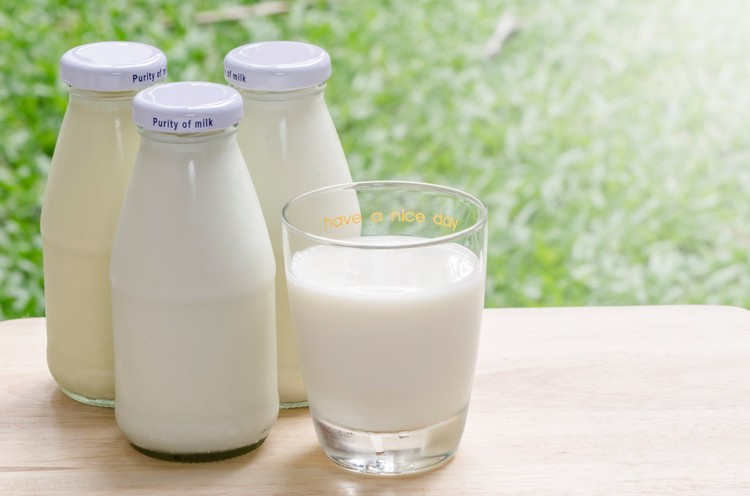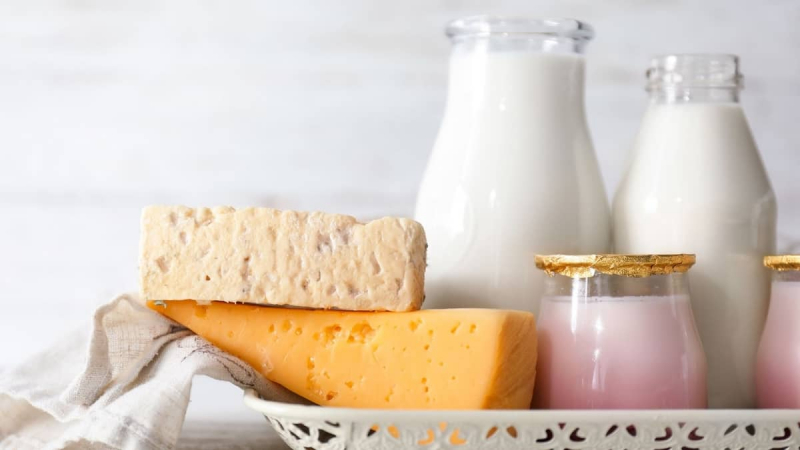Unpasteurized Dairy
The act of pasteurizing involves heating a liquid or food to eliminate dangerous bacteria. To make dairy products, such as milk and cheese, safe for consumption, food manufacturers pasteurize them.
Salmonella, Brucella, Campylobacter, Cryptosporidium, E. coli, Listeria, and other dangerous bacteria and parasites are all destroyed by pasteurization. In fact, 20 US states prohibit the sale of unpasteurized milk and milk-related products. Drinking milk or eating cheese prepared with unpasteurized milk resulted in more than 1,500 cases of food poisoning, 202 hospitalizations, and two deaths in the US between 1993 and 2006. Furthermore, compared to pasteurized dairy products, unpasteurized milk has a minimum 150 times higher risk of food poisoning and 13 times higher risk of hospitalization. Make sure you only buy pasteurized dairy products to reduce your risk of food poisoning. Dairy products should be kept at or below 40°F (5°C) and should be thrown after their use-by date.











